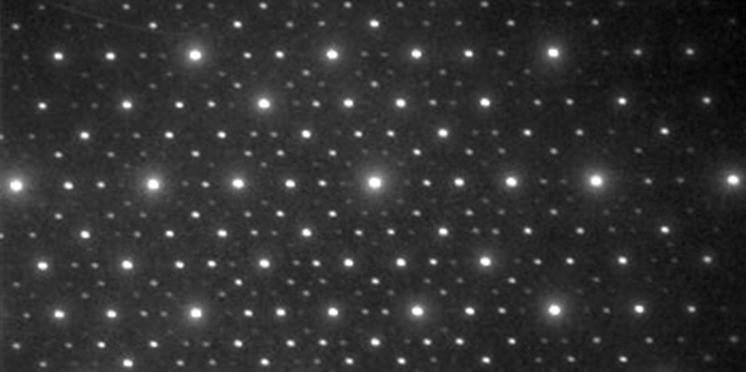遷移放射
遷移放射
transition radiation
[目次:理論(電子の散乱/回折/結像)]
相対論的な荷電粒子が異なる誘電率を持つ二つの物質の境界(真空とある物質の間)を通過するとき、その境界面に電気双極子が誘起される。このとき、双極子が時間的に変化するので光を発する。これを遷移放射という。金属、半導体で強く観測される。発光強度は近似的に電子分極率の2乗に比例する。
When a relativistic charged particle passes from a substance to another with different dielectric permittivities (from vacuum to a substance), electric dipoles are induced on the interface of the substances. At this event, radiation is emitted because the magnitude of the dipole changes with time. This phenomenon is called "transition radiation" and is observed strongly for metals and semiconductors. The emission intensity of the radiation (light) is approximately proportional to the square of the electronic polarizability of the substance.
関連用語から探す
説明に「遷移放射」が含まれている用語






